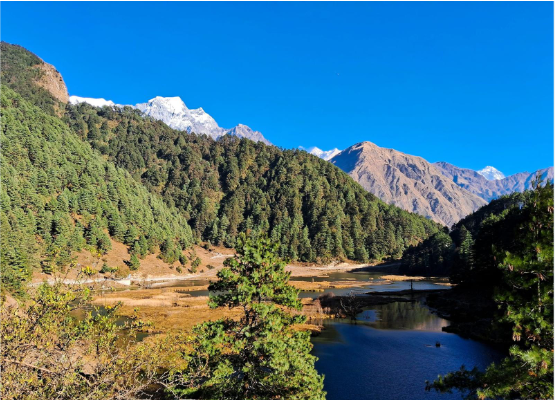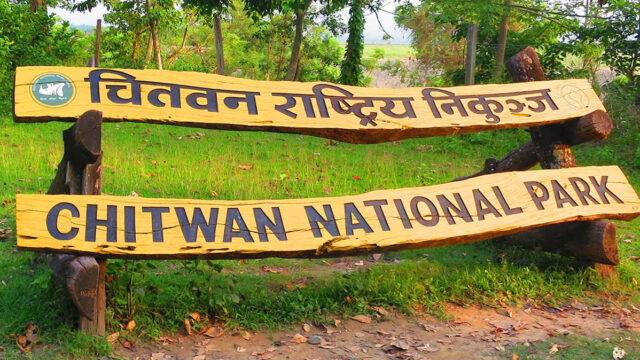Titi Tal, located in Thasang Rural Municipality-5 of Mustang, is awaiting the arrival of tourists. However, the lack of proper road access and limited publicity have led to the lake being overshadowed. Situated at an elevation of 2,679 meters above sea level, the lake holds religious, ecological, and tourism significance. Dhirendra Biskarma, a local resident of Titi, mentioned that only about five percent of tourists visiting Mustang make it to Titi Tal. Despite over 400,000 tourists visiting Mustang annually, few manage to visit the lake. If Titi Tal were developed as a tourism destination, it could potentially extend tourist stays in the region.
Though Titi Tal lies just five kilometers from the Leite and Kokhethati areas of the Benighat-Jomsom road, it remains relatively empty. To increase tourist footfall, locals suggest constructing a 10-kilometer road connecting Leite-Kunjo-Titi-Dhampu-Sirkhum, along with a motorable bridge over the Kali Gandaki River in Leite and Ghampu. Currently, visitors access the lake by crossing a suspension bridge from Leite, Dhampu, or Sirkhum.
Titi Tal is nestled between the Dhaulagiri and Nilgiri mountains, surrounded by dense forests of pine and juniper trees. The serene environment, diverse birdlife, and panoramic views of the surrounding mountains make the lake a unique spot for visitors. It is the largest lake in Mustang. Locals like Sagar Pariyar from Patlekhet have visited the lake multiple times, appreciating the stunning views of Dhaulagiri at sunrise and Nilgiri at sunset, as well as the sight of a flock of geese on the lake.
According to a study by the Annapurna Conservation Area Project (ACAP), the area around Titi Tal is home to 186 bird species, including the Mallard ducks, which are not found elsewhere in Nepal. The presence of these unique species further adds to the lake’s ecological importance. The local community believes that visiting the lake on the day of Janai Purnima brings blessings and fulfills wishes.
The local government, along with the Gandaki Province government, the federal government’s tourism board, and ACAP, have focused on preserving the lake, improving infrastructure, and increasing publicity. With the support of the tourism ministry, walking paths with railings, waiting areas, and public restrooms have been constructed around the lake. Additional infrastructure developments are underway at nearby sites like Bhuchharto, Sekung Tal, and Gurusampuk Cave.
Previously, a dam was constructed at the lake’s outflow to increase its water level. ACAP has also placed iron benches and waste bins around the lake to ensure proper waste management for tourists. Near the lake, the Titi village is home to 20 families from the Thakali and Dalit communities. For tourists, there are three hotels and restaurants offering local delicacies.
The Himalayan Paradise Hotel, located near Tejodada, is known for serving organic vegetables and local dishes to visitors. Locals, especially from the Gurung community, who migrated from regions like Kaski, Lamjung, and Gorkha, consider Kunjo and Takthung as their ancestral homes.
There is growing demand among the local community to have Titi Tal recognized as a wetland area, remove the debris in the middle of the lake, and complete the ongoing road projects, including a motorable bridge over the Kali Gandaki River at Chhyo and the Leite-Kunjo-Taklu-Titi-Dhampu-Sirkhum road. Additionally, there are calls for the construction of a motorable bridge at Kokhethati to further enhance accessibility to the lake.






